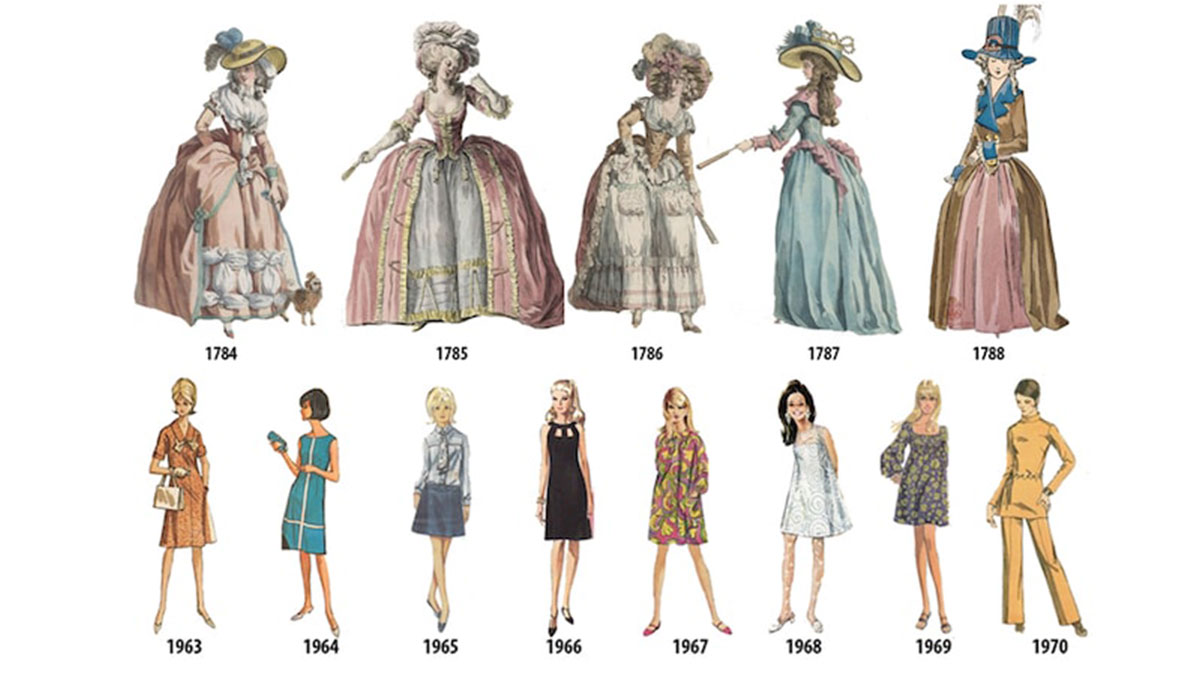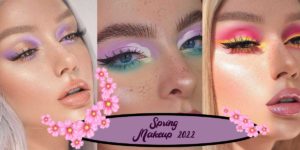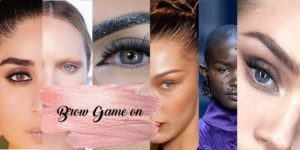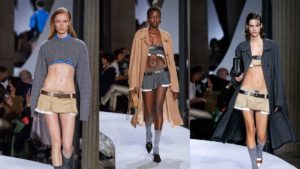In addition to serving as a means of personal expression, fashion also serves as a political weapon. Some of the world’s most well-known fashion luminaries including David Bowie, Billy Porter, and Princess Diana wore ensembles that have had a profound impact on the fashion industry. As a consequence, fashion has tremendous power. Today, we’re focusing on how fashion in the United Kingdom has evolved since 1800, a period during which it has had a significant impact on the worldwide fashion industry. Here, we’ll explain why you would want to learn fashion heritage, why London is the fashion center of the world, and some of the finest British designers. Lastly, we’ll look at British fashion across time.
Timeline of Fashion Evolution since the 1800s:
Let’s go back in time and take a look at how British fashion has evolved throughout the years. Prior to examining each decade of the twentieth and twenty-first centuries, we’ll quickly review 19th-century fashion. Do not forget how powerful and culturally significant British fashion was decades before the current era. From medieval England through the Tudor period and through the Victorian era, fashion has undergone several transformations. Princess Diana, Kate Middleton, and Meghan Markle, three former British royals who became fashion stars, all owe their success in the fashion world to the influence of the British Royal family’s style. Although it would take a lengthy post to cover the full history of British fashion, today we’ll concentrate on more recent periods, thanks to the V&A Museum’s educational resources.
19th Century Fashion:
Men’s and women’s attire began to evolve around the close of the 18th century. There was no change in the style of men’s tailcoats, but women’s corsets and gowns were given a little more natural shape. Clothing production in London grew as materials and colors from throughout the British Empire arrived aboard ships. Along with a rise in household sewing machines, this enabled more creative garment styles to be created in the post-Victorian era. Along with a rise in household sewing machines, this enabled more creative garment styles to be created in the post-Victorian era.
1900s Fashion
By the turn of the twentieth century, the corset was still widely worn by women. Popular were S-bend corsets, which pulled the torso up and the chest forward, and frilly tops with lacy or ribbon decorations were often seen worn with them. Differs were also becoming more popular as a substitute for dresses. We can observe that men’s fashion in the United Kingdom at this period was still quite traditional, with little possibility for individual expression.
Fashion in the 1910s
Everything shifted for British fashion in the 1910s with the onset of World War One. As a result of the need to be more frugal, people began to pare down their wardrobes to make them more practical and affordable. Also, the distinction between men’s fashion and women’s fashion got increasingly blurred. As part of the battle, women’s roles underwent significant shifts, and they began working on farms & in industries. As a result, their attire took on a more militaristic aesthetic and became more functional for the kind of job they were undertaking.
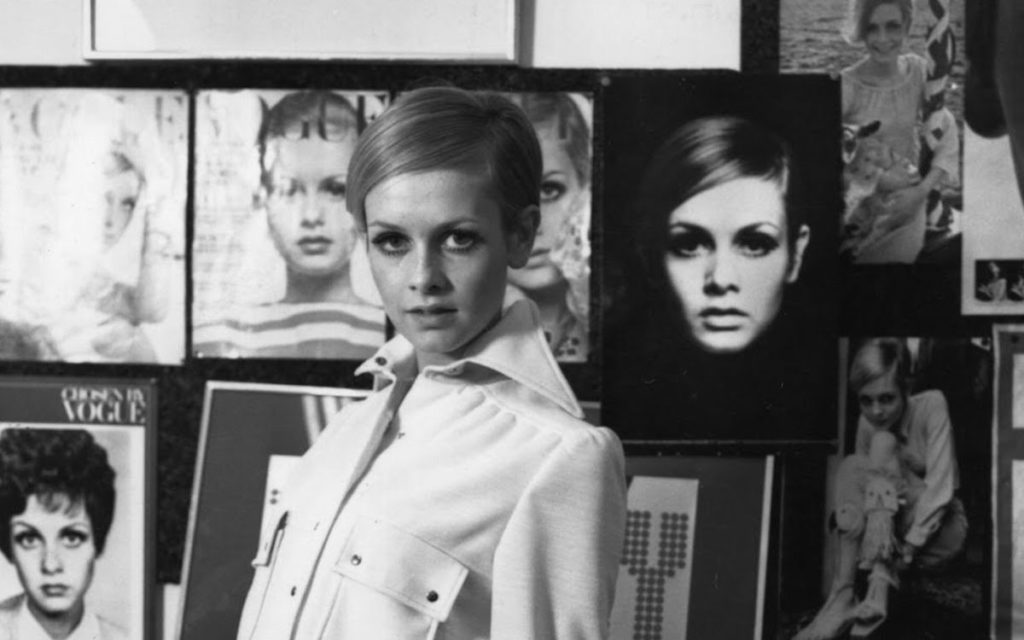
fashion trends of the 1920s
The roaring twenties, one of the most celebrated decades in British fashion, started with a sense of affluence and freedom after World War I. As a result of the excavation of King Tut’s tomb in 1922, the fashion industry was influenced by the architectural style and golden characteristics of ancient civilizations. Men and women wanted to be comfortable even when they were out having fun, so the military uniforms of the past decade were a thing of the past. However, certain functional aspects of clothing remained. Flapper dresses, with their lowered waists and intricate embellishments, were popular among women, while men began to experiment with brighter suits & bow ties.
Fashion in the ’30s
A more androgynous, baggy flapper dress was replaced by a smooth, form-fitting evening gown with a low back throughout the 1930s, but the 1920s glamour persisted. At this period, caps and collars with appliqués were very fashionable. There has been a further decline in the popularity of the three-piece suit for males. For daytime clothing, knits and open-necked shirts have become trendier.
This is a look from the 1940s.
As a result of World War II, more practical, military-inspired attire was once again introduced. According to a utility program provided by UK authorities, clothes must be made with less fabric by following a set of guidelines laid down by the government. It was common for both men and women to dress in clothing that resembled work uniforms, with padded shoulders and an abundance of buttons. Designers used bright colors and lower-cost textiles like rayon to make utilitarian apparel more visually attractive.
Fashion from the 1950s
For ladies in the 1950s, a cinched-waist dress with a long skirt was the most popular design. Dresses grew more form-fitting as pencil skirts became increasingly popular. Men’s fashions continued to revolve on suits, but a new form of “Teddy Boy” style was popularized by working-class radicals who were influenced by Hollywood celebrities like James Dean. For this occasion, men wore tailored pants, velvet blazers, and brocade waistcoats instead of the more traditional options.
’60s fashion
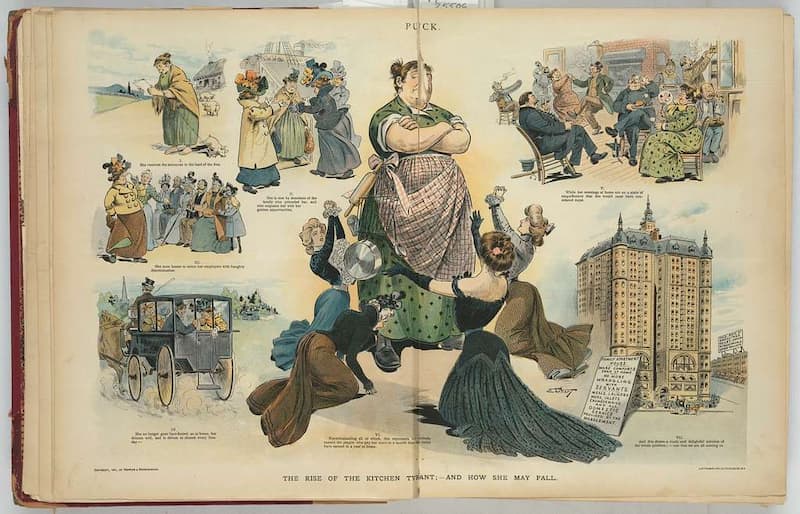
In the 1960s, both women’s and men’s fashion became more informal than ever before. Designers like Mary Quant produced new items of clothing like the miniskirt with young customers in mind as a consequence of “Swinging London,” a 1960s phenomenon centered on youth culture, music, and fashion. Designers increasingly used textiles like polyester, acrylic, and PVC in a variety of bright and playful colors and patterns. Things have never been so different when it came to menswear. Trousers were broader, and shirts had prints instead of plain colors. Men’s and women’s fashions become increasingly intertwined.
The 1970s style
Fashion in the United Kingdom had a lot of fun and experimentation throughout the 1970s, which is why so many different styles were popular. Tie-dye, bell bottoms, prairie skirts, and crochet were fashionable as part of a movement away from conventional fashion and politics. This featured a hippie or bohemian aesthetic. Punks, like crochets, eschewed society’s norms, but they did it in a different way, donning tartan, leather, and chains instead of crochet. The disco craze of the 1970s ushered in an era marked by sequins, hot pants, and miniskirts. There has been a steady rise in the usage of colorful prints and bright colors in the menswear market combined with more slim-fitting pant styles. From Mick Jagger to David Bowie, a number of male British-style icons were born in the 1970s.
The 1980s style
1980s British fashion was undoubtedly an unusual decade, with many claimed fashion norms being disregarded or disobeyed in what has been dubbed “the time that fashion forgot.” The 80s were not known for their understatement, with shoulder pads, bodysuits, and colorful, lycra sportswear among the most popular fads. This decade saw a resurgence in the popularity of denim, with denim blazers and skirts joining traditional jeans as staples of the wardrobe. Menswear, like womenswear, included a great deal of power dressing as well as sportswear like tracksuits and hoodies.
The style of the 1990s
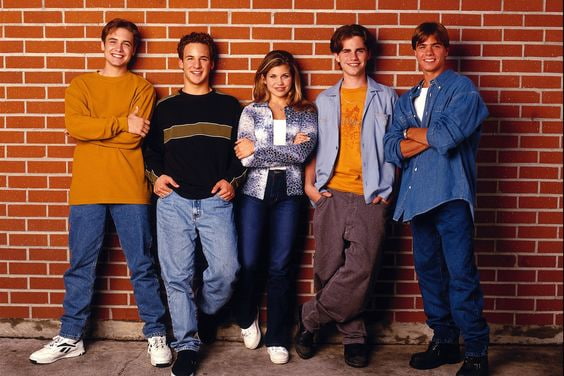
Men and women wore jeans and baggy apparel in greater abundance in the 1990s, signaling the beginning of a more relaxed era in fashion. Women’s motorcycle shorts and oversized sweatshirts, for example, were popular trends inspired by sportswear. Vintage and second-hand clothes, sometimes influenced by grunge, also saw a boom in popularity. Flannel shirts, denim, and converse shoes were more popular among guys influenced by the grunge movement and artists like Nirvana.
Fashion in the 2000s:
There were a lot of changes taking on in the fashion industry during this period. There were a lot of outfits that were influenced by celebrity culture, & they were created as inexpensively as possible and rapidly. Trends popularized in the Y2K era, such as sheer tops, wide-leg pants, and bedazzled t-shirts, are now making a comeback. Late in the decade, there was even greater innovation in fashion. We witnessed a growth in emo style and scene, as well as neon & geometric patterns, in the 1980s-inspired fashions. Slim jeans, ugg boots, & thick belts are some of the most prominent noughties fashion trends in the UK nowadays.
2010’s Fashion.
Changes in fashion began in this decade; they have continued ever since in terms of how clothing is worn, created, and promoted. The fashion business has seen enormous transformations as a result of the emergence of social media, influencers’ culture, and, more recently, sustainability and eco-friendly fashion. However, there are still a few important patterns from this decade that deserve attention. For decades, fashion has been on the move, from festival fashion with fringes & flower crowns, to the millennial pink trend, to the resurgence of the trainer.
Also if you’re interested about the evolution of beauty pageant miss universe, it’s just a click away.
2020’s Fashions
Since the end of the 2010s, there has been a renewed focus on sustainability, reducing waste, and wearing high-quality apparel. The fast fashion industry, on the other hand, has continued to grow, therefore the conflict between these two methods to fashion will continue into the 2020s. We can only expect that fashion designers in the UK will continue to be original and creative while also considering the environmental, social, and societal costs of their work. Our earlier blog article on the fashion industry’s commitment to sustainability can be found here.

